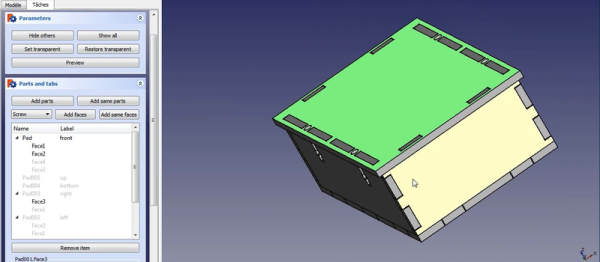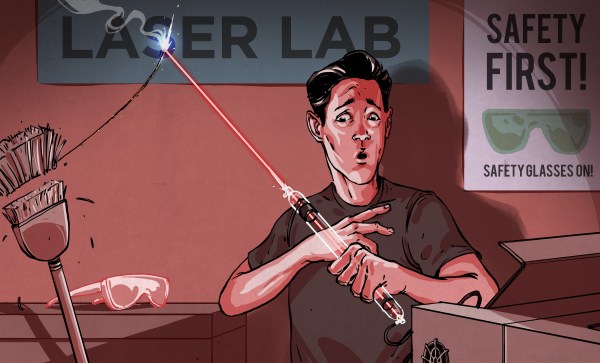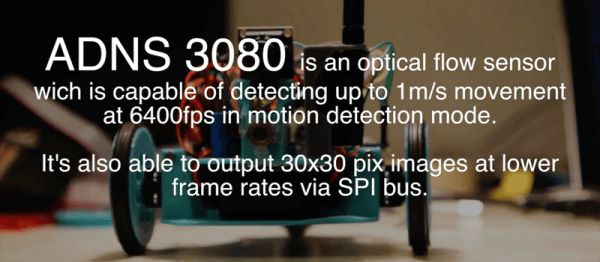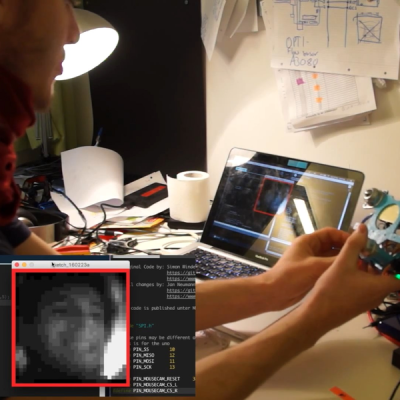Laser-cut plywood boxes are cool. Don’t believe me? Take a look at the free projects out there for people to get started with when they get a laser cutter – it’s obviously a popular genre of project. Laser cut plywood boxes with combination locks are even cooler, especially when the combination is entered on four separate number selectors, on four sides of the very same box.
That’s exactly what [Sande24] has done, and the final result is mesmerizing. 30-40 parts are cut from plywood with a laser cutter, and assembled to construct the lockbox. The design could easily be reused to make the box out of acrylic, or even aluminum or steel if you were so inclined. Check it out in the video below.
Continue reading “Have A Laser Cutter? Here’s A Cool Combination Lock Box You Can Build!”



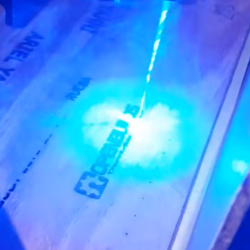 LaserWeb3 supports different controllers and the machines they might be connected to – whether they are home-made systems, CNC frames equipped with laser diode emitters (such as retrofitted 3D printers), or one of those affordable blue-box 40W Chinese lasers with the proprietary controller replaced by something like a
LaserWeb3 supports different controllers and the machines they might be connected to – whether they are home-made systems, CNC frames equipped with laser diode emitters (such as retrofitted 3D printers), or one of those affordable blue-box 40W Chinese lasers with the proprietary controller replaced by something like a 